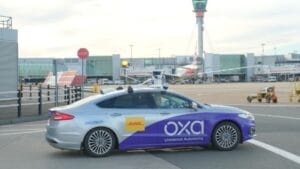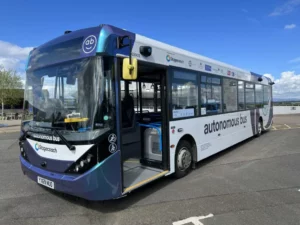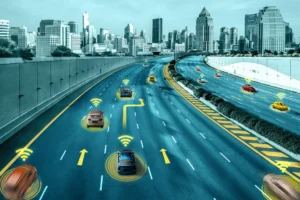Researchers in Australia have worked out how to let driverless vehicles “see” pedestrians hidden behind buildings, and cyclists obscured by lorries and buses.
The study, by the University of Sydney and Cohda Wireless deploys what are called collective perception messaging which Cohda calls emerging technology that could save lives.
The study conducted in Sydney’s Central Business District demonstrated that CPM can help prevent a variety of typical road accidents that occur when pedestrian are not easily visible to drivers or autonomous vehicles. The two-year study funded by the iMOVE Cooperative Research Centre involved scientists from University of Sydney’s Australian Centre for Field Robotics (ACFR), and engineers at Australian CAV technology company and V2X innovators Cohda Wireless.
Cohda explains that CPM allows an Intelligent Transport System station – or, for example in this research, an intelligent roadside unit – to share local perception information with others by using V2X communication technology.
The Sydney test showed how a connected vehicle using CPM sensory information from an intelligent roadside unit fitted out with high-tech gadgetry including cameras and LiDAR laser sensors was able to provide a CAV with the capability to “see” through buildings and around corners onto side streets to detect pedestrians hidden from its view.
In another test using cutting-edge CARLA autonomous driving simulation software to recreate incredibly detailed virtual worlds, the research team demonstrated how a connected autonomous vehicle using CPM took measures to safely interact with pedestrians crossing the road at a non-designated crossing area.
In a third and final test in a controlled lab traffic environment with a 55m stretch of straight road, the research team showed how a vehicle stopped for a pedestrian running to make a pedestrian crossing “although he had not physically entered the crossing yet”.
(Picture – Yay Images)




























